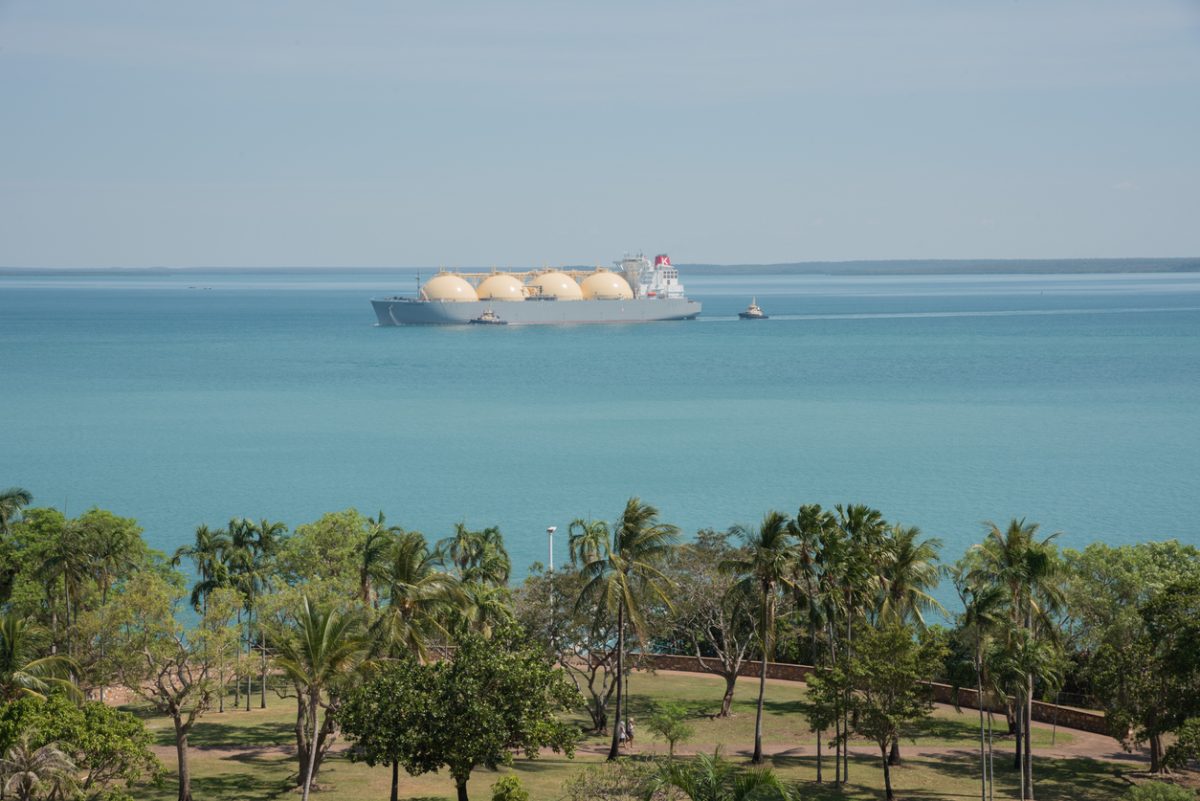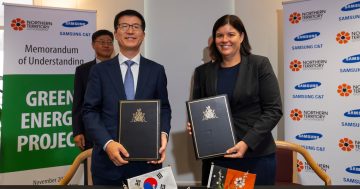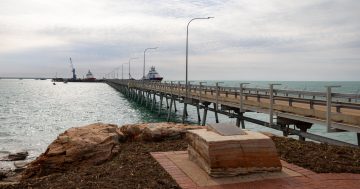
“Climate change remains one of the greatest global threats and the Territory Labor Government will continue to drive our transition to a low carbon future and harness opportunities to reduce emissions,” said NT Environment and Climate Change Minister Lauren Moss. Photo: File.
As it grapples with another dangerous fire season and criticism over its new gas precinct, the Northern Territory Government has announced its annual progress on its climate action plan.
In its Climate Change Response: Towards 2030 Annual Progress Report, the NT Government says it has made progress on its battery energy storage system, electric vehicle strategy, and a $5 million expansion of its renewable hydrogen industry.
This is the Territory Government’s third annual report since committing to reach net zero emissions by 2050, on top of targets to reduce operational greenhouse gas emissions and increase its uptake of renewables to 50 per cent of the energy mix by 2030.
“Actions over the past three years have laid strong foundations to enable the Territory to progress economic growth, achieve our decarbonisation objectives and provide a platform to build our net zero future,” NT Minister for Environment, Climate Change, and Water Security Lauren Moss said.
“The work certainly doesn’t stop, and I look forward to releasing further strategies for emissions reduction and climate adaptation for public consultation in the coming months.”
Some of the main achievements highlighted in the report include: the installation of all batteries for the $45 million Darwin-Katherine Battery Energy Storage system; more than 300 electric vehicles registered within the region; and a $5 million investment into the NT’s hydrogen industry, which follows the government’s announcement of the Darwin H2 Hub and Renewable Hydrogen Strategy and Master Plan.
Two major energy projects are currently underway in the NT: the Beetaloo Gas Basin fracking project and the Middle Arm Sustainable Development Precinct.
The NT Government has said the developments will help the Territory transition to renewable energy and accomplish its net zero goals. However, there are concerns the projects will only worsen the effects of climate change on the NT, which are already being felt with major fires in the Barkly region.
According to a Reputex analysis of the projects’ emissions and carbon costs, over the first 20 years, an estimated 1.4 billion tonnes of CO2 will be produced, equivalent to more than 2.5 times Australia’s total annual emissions for 2021.
In August, the Fire Control Chief of Bushfires NT Tony Fuller said it expects to lose the majority of the Territory to fires by March 2024.
“80 per cent of the Territory burnt during the 2011-12 season, and due to consecutive La Niña years and above-average temperatures forecast this summer, this could repeat again this season,” he said.
According to an analysis by Murdoch University Adjunct Professor Bill Hare, fracking in the Beetaloo and processing at Darwin’s Middle Arm industrial precinct would produce up to 49 million tonnes of CO2, equivalent to 11 per cent of Australia’s total emissions in 2021. This means just one of the projects would produce more emissions than the entire reduction goal under Labor’s revised safeguard mechanism.
Professor Hare also examined the CSIRO report on the projects and found that cumulative domestic emissions projections were underestimated by up to 84 per cent in some cases. The investigation by Professor Hare and his team prompted them to submit a report to the Senate Inquiry into the Middle Arm Sustainable Development Precinct.
“Emissions are underestimated at almost every stage, from how emissions-intensive fracked gas is to how much methane is lost to the atmosphere and how much is emitted in manufacturing LNG,” Professor Hare said.
“If it is allowed to proceed, this single project could undo all of our efforts to cut emissions. Beetaloo and Middle Arm are a climate bomb. They will produce vast volumes of emissions which cannot be offset.
“The atmosphere doesn’t respond to clever accounting, overly optimistic projections and reliance on offsets – only on how many tonnes of emissions end up there.”







